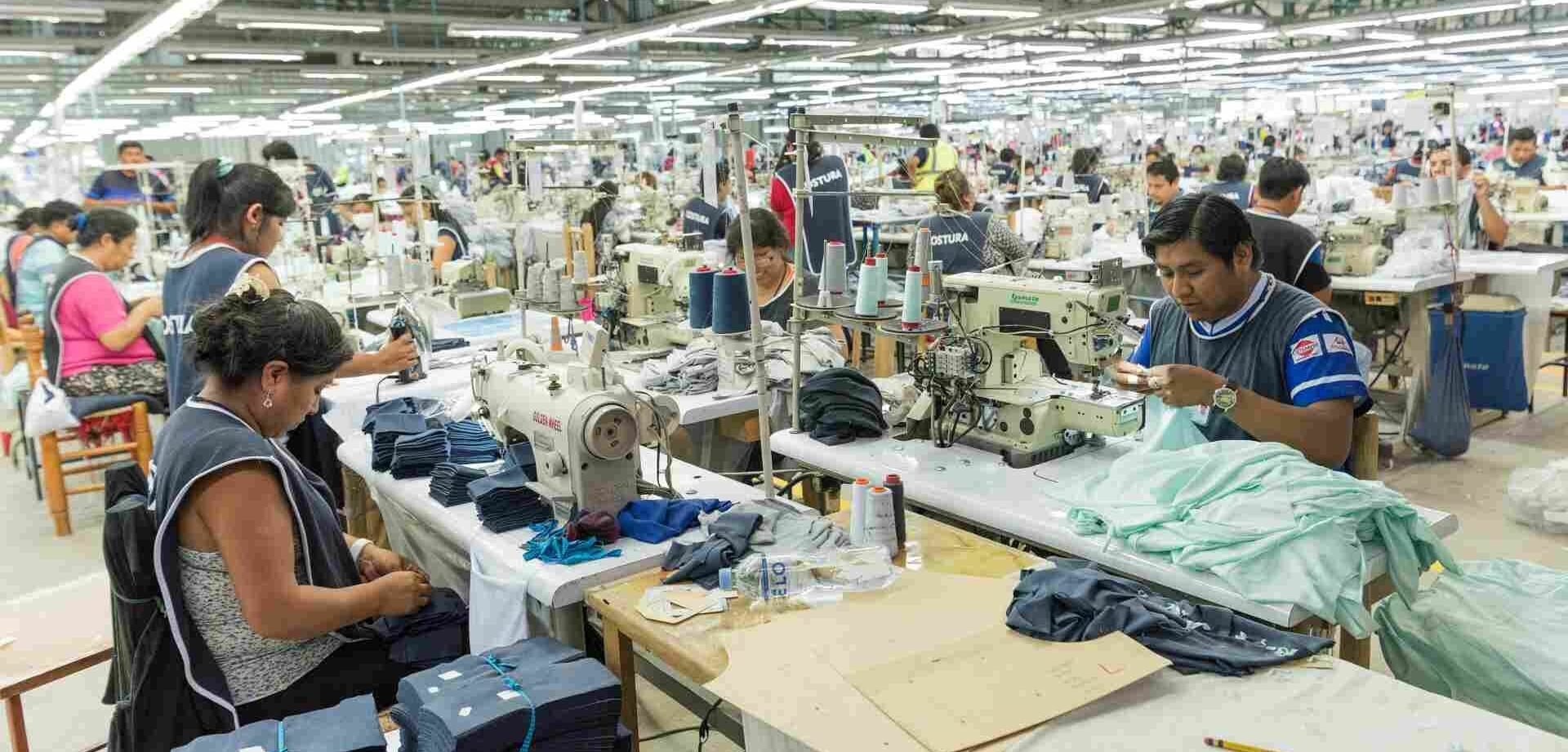You’ve probably heard about climate change and how every year that goes by, more environmental problems seem to come to the surface. More severe floods, longer droughts, and more animal species disappearing.
The United Nations has discussed the situation calling it a “code red for humanity”. And according to the IPPC report, in the last 30 years, humanity has produced as much greenhouse gas as all humans throughout their entire existence until 1990. Every single person is exposed to the consequences of those global phenomena.
Back in 2015, the United Nations General Assembly set the Sustainable Development Goals, which were intended to create a better and more sustainable future for humanity and set to be achieved by 2030. Climate action, responsible consumption, and production, affordable and clean energy, were some of these objectives.
By now, it is clear that we are not close to achieving those goals. And that is not good for the planet, neither for businesses.
Climate change and the fashion industry
Climate change and its consequences also affect the different industries, their processes, and profits. And the fashion industry is one of the main implicated.
This industry represents 7% of the world’s exports. Such are the numbers that if the fashion industry were a country, it would be the world’s 7th economy. However, its environmental footprint is as big as those numbers. It is responsible for 2% of the greenhouse gases.
Fashion follows a linear model, where goods are produced and used in a short period of time, generating tons of wasted materials that are no longer needed.
Why should fashion brands care?
There are many reasons. Due to the environmental challenges and climate conditions, it is becoming harder and more expensive for fashion companies to obtain the needed resources, to fulfill their supply chains, or even to obtain the energy for their processes. And this situation affects us all, whether you are a premium Pima tee shirts company or a premium golf apparel brand.
On the other hand, Governments are taking action and starting to create new environmental requirements or applying restrictions to companies for taking the first steps towards sustainability.
Last but not least, consumers themselves are the ones that are engaging more than ever in sustainability topics and demanding for companies to review the environmental impact of their business. Furthermore, there is a shift in purchasing behaviors, as customers are paying more attention to the use of eco-friendly materials and the effort that brands make in the promotion of sustainability.
All those reasons represent an important opportunity for fashion players to re-think their know-how in order to meet the sustainability challenges, reduce their environmental impact and, at the same time, attract new customers.
What can a fashion brand do to face these challenges?
Despite it might seem like sustainability efforts are expensive and hard to pull off, there are many ways a fashion brand can kick off its efforts towards a more environmental-friendly business.
However, if there is to mention one key movement that as a fashion player you should consider, is the involvement of your suppliers in the path towards sustainability. By enabling conversations with your suppliers, you can assess which ones are already aware and working to reduce their environmental impact in apparel production. Are you looking for the most reputable apparel companies in Peru? Let us tell you more about our efforts.
In Southern Textile Network (STN), we have started our path towards sustainability by transforming our processes. Our goal is to become the right partner for those brands beginning their journey towards sustainability. Our commitment to sustainability is strong and tangible. As one of the top apparel suppliers in Peru, we have developed a 2030 plan focused on supporting our clients to make their brands more sustainable. We are confident that together we will build a more sustainable fashion industry.
If you want to know more about our work and efforts to help your brand become more sustainable, subscribe to the newsletter and follow us on our social media channels.



